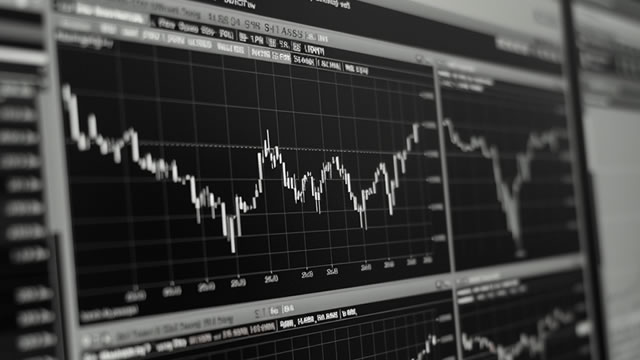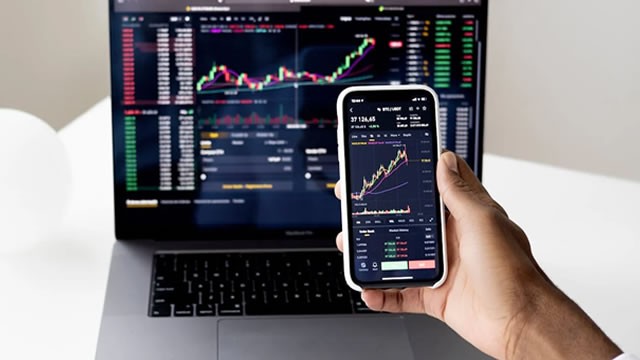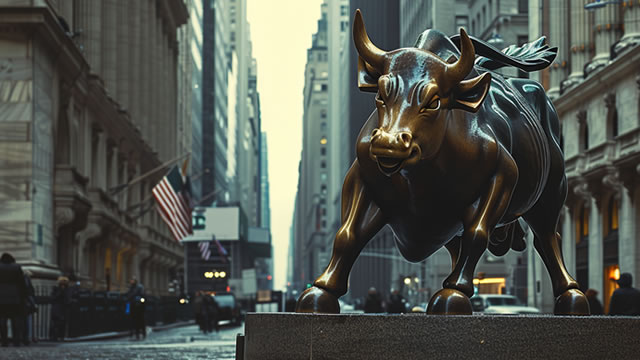Shifting Investment Strategies: From Buy-and-Hold to Market Timing
The financial market landscape is undergoing significant changes, with evidence suggesting that the average annual return from stocks over the next decade will be quite low. This revelation has led many investors to reconsider their investment strategies, with a growing interest in market timing.
The Decline of Buy-and-Hold
Traditionally, the buy-and-hold strategy has been the cornerstone of long-term investment planning. This approach involves purchasing stocks and holding them for an extended period, regardless of market fluctuations. However, recent data indicates that this strategy may not yield the same returns in the coming years.
According to several financial analysts, the Shiller CAPE PE ratio – a measure of the price-to-earnings ratio of the S&P 500 index – provides valuable insight into future market returns. A graphical analysis of historical data shows a high correlation between this ratio and 10-year market returns.
The Current Market Outlook
Currently, the Shiller CAPE PE ratio stands at around 38. Historically, this ratio has only been higher during the 1929 stock market crash and the dot-com bubble of the late 1990s. Given this context, many financial experts predict that the S&P 500 index will experience near-zero price gains by 2035.
Implications for Individual Investors
For individual investors, these predictions may mean rethinking their investment strategies. A low-return environment could make it more challenging to achieve long-term financial goals, such as retirement savings or college funds. Market timing, which involves buying and selling stocks based on short-term market trends, could be a viable alternative for those seeking higher returns.
Impact on the Global Economy
On a larger scale, the shift from buy-and-hold to market timing could have significant implications for the global economy. Institutional investors, in particular, may alter their investment strategies, leading to increased volatility in the stock market. This volatility could, in turn, impact consumer confidence and spending patterns.
Conclusion
In conclusion, the evidence suggests that the average annual return from stocks over the next decade will be quite low, prompting a shift from buy-and-hold to market timing strategies. For individual investors, this could mean re-evaluating their investment plans to account for the anticipated lower returns. On a global scale, this shift could lead to increased market volatility and potential economic implications.
- Evidence suggests that the average annual return from stocks over the next decade will be low.
- The Shiller CAPE PE ratio is a reliable indicator of future market returns.
- A high Shiller CAPE PE ratio (38) suggests near-zero price gains in the S&P 500 by 2035.
- Individual investors may need to reconsider their investment strategies.
- The shift from buy-and-hold to market timing could lead to increased market volatility and potential economic implications.





